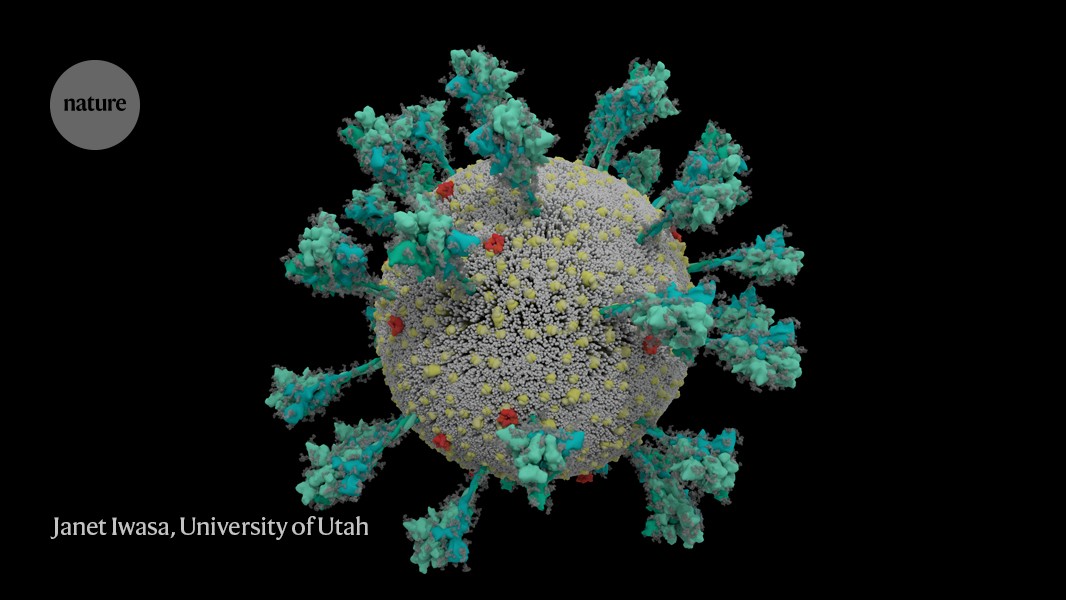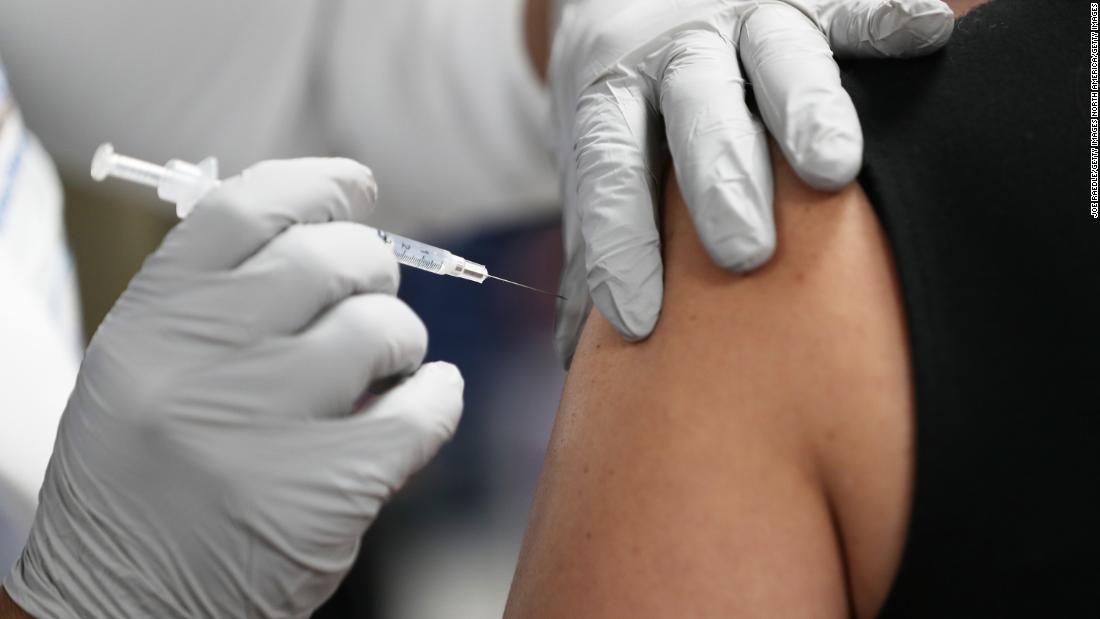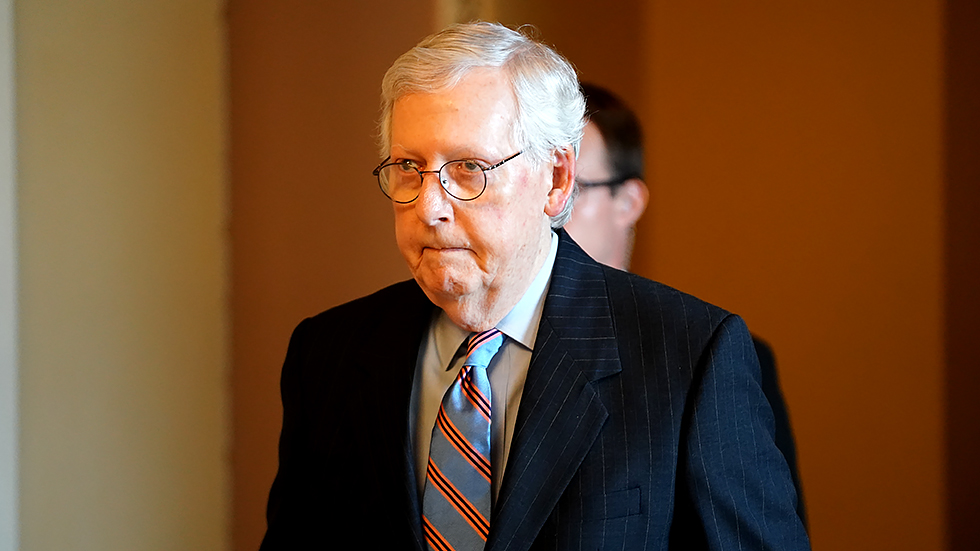An average of nearly twice as many people per capita are now hospitalized for COVID-19 in states that voted for Donald Trump in 2020 as in states that voted for Joe Biden, according to a Yahoo News analysis.

news.yahoo.com
These 6 red and blue states tell you everything you need to know about where Delta is hitting hardest — and why
Politics is hardly the only factor driving vaccine hesitancy in the U.S. But in a sign of how big a factor politics has become — and how the politicization of vaccination is shaping where the hypercontagious Delta variant is hitting hardest — an average of nearly twice as many people per capita are now hospitalized for COVID-19 in states that voted for Donald Trump in 2020 as in states that voted for Joe Biden, according to a Yahoo News analysis.
And while blue states have vaccinated (on average) more than half their residents, red states lag a dozen percentage points behind.
Comparing six specific states — Vermont, New Jersey, Minnesota, Florida, Louisiana and Nevada — only throws this troubling trend into sharper relief.
Hospitalization and vaccination numbers are, of course, not unrelated. Studies have repeatedly shown that all approved COVID vaccines reduce the risk of hospitalization (and death) by more than 95 percent. Likewise, the Centers for Disease Control and Prevention
estimates that more than 97 percent of all COVID patients in hospitals right now are unvaccinated.
As a result, the states with more unvaccinated residents also tend to be the states with more hospitalized residents — and these states tend to be disproportionately conservative.
Just how disproportionately conservative? Glance
at any state-by-state list of COVID data and the pattern becomes clear. Just three of the 25 states with the lowest vaccination rates voted for Biden; just three of the 25 states with the highest vaccination rates voted for Trump. By the same token, just 1 of the 10 states with the highest hospitalization rates (Nevada) voted for Biden — and just 1 of the 10 states with the lowest hospitalization rates (South Dakota) voted for Trump.
When you put it all together, the big picture is as striking as it is unsettling. According to Yahoo’s analysis, the average full-vaccination rate across states that voted for Biden was 54.4 percent as of Monday morning. The average full-vaccination rate across states that voted for Trump was far lower: just 41.7 percent.
In turn, these undervaccinated red states are now bearing the brunt of Delta’s impact. Across the Biden states, today’s average hospitalization rate is just 6 people for every 100,000 residents. Across the Trump states, that same rate is now nearly twice as high: 11.2 per 100,000.
Donald Trump
Joe Biden
Yahoo News
These 6 red and blue states tell you everything you need to know about where Delta is hitting hardest — and why
Andrew Romano
Andrew Romano·West Coast Correspondent
Tue, July 27, 2021, 3:38 PM
In this article:
Donald Trump
45th President of the United States
Joe Biden
Former U.S. vice president, 2020 Democratic presidential nominee
Politics is hardly the only factor driving vaccine hesitancy in the U.S. But in a sign of how big a factor politics has become — and how the politicization of vaccination is shaping where the hypercontagious Delta variant is hitting hardest — an average of nearly twice as many people per capita are now hospitalized for COVID-19 in states that voted for Donald Trump in 2020 as in states that voted for Joe Biden, according to a Yahoo News analysis.
And while blue states have vaccinated (on average) more than half their residents, red states lag a dozen percentage points behind.
Comparing six specific states — Vermont, New Jersey, Minnesota, Florida, Louisiana and Nevada — only throws this troubling trend into sharper relief.
Hospitalization and vaccination numbers are, of course, not unrelated. Studies have repeatedly shown that all approved COVID vaccines reduce the risk of hospitalization (and death) by more than 95 percent. Likewise, the Centers for Disease Control and Prevention estimates that more than 97 percent of all COVID patients in hospitals right now are unvaccinated.
As a result, the states with more unvaccinated residents also tend to be the states with more hospitalized residents — and these states tend to be disproportionately conservative.
Just how disproportionately conservative? Glance at any state-by-state list of COVID data and the pattern becomes clear. Just three of the 25 states with the lowest vaccination rates voted for Biden; just three of the 25 states with the highest vaccination rates voted for Trump. By the same token, just 1 of the 10 states with the highest hospitalization rates (Nevada) voted for Biden — and just 1 of the 10 states with the lowest hospitalization rates (South Dakota) voted for Trump.
When you put it all together, the big picture is as striking as it is unsettling. According to Yahoo’s analysis, the average full-vaccination rate across states that voted for Biden was 54.4 percent as of Monday morning. The average full-vaccination rate across states that voted for Trump was far lower: just 41.7 percent.
In turn, these undervaccinated red states are now bearing the brunt of Delta’s impact. Across the Biden states, today’s average hospitalization rate is just 6 people for every 100,000 residents. Across the Trump states, that same rate is now nearly twice as high: 11.2 per 100,000.
Critical care workers insert an endotracheal tube into a coronavirus disease (COVID-19) positive patient in the intensive care unit (ICU) at Sarasota Memorial Hospital in Sarasota, Florida, February 11, 2021. (Shannon Stapleton/Reuters)
Critical care workers insert an endotracheal tube into a COVID patient at Sarasota Memorial Hospital in Sarasota, Fla., in February. (Shannon Stapleton/Reuters)
More
Tragically, this gap will probably only widen in the weeks ahead. Over the last 14 days, blue-state hospitalizations have grown at an average rate of 24.4 percent. Meanwhile, red-state hospitalizations have grown at an average rate of 60 percent — more than twice as fast.
Vermont leads the nation with 67 percent of its population fully vaccinated; there, hospitalizations have actually fallen over the past two weeks to a rate of less than 1 patient per 100,000 residents. Nearby Massachusetts (64 percent), Maine (63 percent), Connecticut (63 percent) and New Hampshire (58 percent) have similarly stratospheric vaccination rates — and not a single one currently has more than 4 patients per 100,000 residents in the hospital because of COVID-19.
Beyond New England, the mid-Atlantic states tend to look a lot like New Jersey: above-average vaccination rate (58 percent), below-average hospitalization rate (5 patients per 100,000 residents). And across the Upper Midwest, Minnesota — 54 percent fully vaccinated; just 3 per 100,000 hospitalized — is typical.
All these states voted for Biden.
Most Trump states are not faring as well. At 31 patients for every 100,000 residents, Florida now has the second-highest hospitalization rate in the nation, and more people (upwards of 6,600) are in the hospital for COVID there than in any other state — a tally that has doubled over the last two weeks and is fast approaching record levels. Less than half of Floridians (48 percent) are vaccinated, and an even lower number tend to be vaccinated across north Florida, the epicenter of the state’s outbreak. Low vaccination rates in Missouri (41 percent) and Arkansas (36 percent) have propelled hospitalization rates there to equally high levels.
Nearby Louisiana appears to be next on Delta’s list. There, hospitalizations have hit 22 patients per 100,000 residents after rising 174 percent over the last two weeks — faster than anywhere else in America. Just 37 percent of Louisianans are fully vaccinated.
Again, politics isn’t the only factor here. Seasonality may play a part; the Sun Belt saw the worst spread last summer too. Vaccine uptake has also been relatively slow in some Democratic-leaning communities of color, and there are large Black and Latino populations in many of the Southern and Southwestern states where Delta is now wreaking the most havoc.
...








